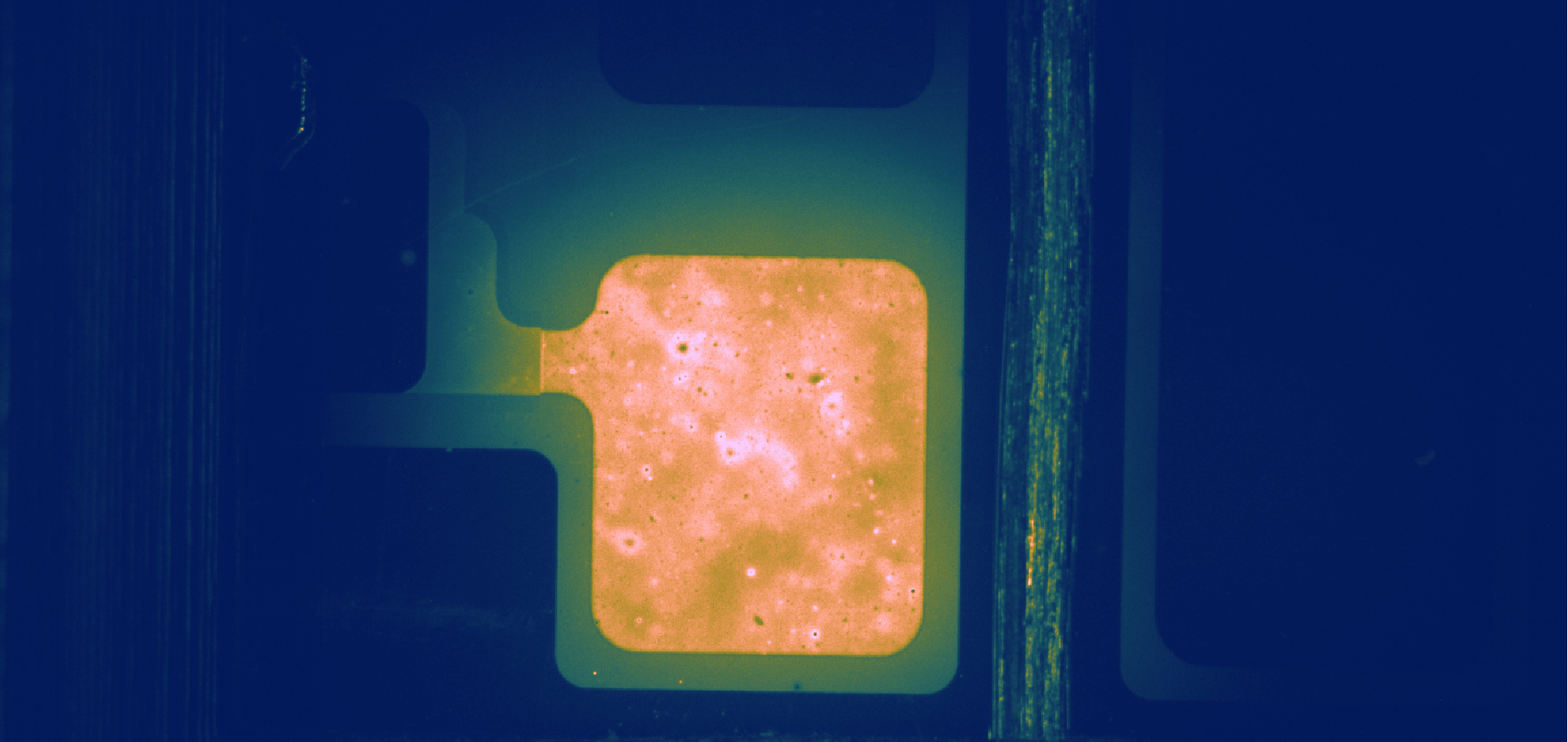Halide homogenization for low energy loss in 2-eV-bandgap perovskites and increased efficiency in all-perovskite triple-junction solar cells
Abstract:
Monolithic all-perovskite triple-junction solar cells have the potential to deliver power conversion efficiencies beyond those of state-of-art double-junction tandems and well beyond the detailed-balance limit for single junctions. Today, however, their performance is limited by large deficits in open-circuit voltage and unfulfilled potential in both short-circuit current density and fill factor in the wide-bandgap perovskite sub cell. Here we find that halide heterogeneity—present even immediately following materials synthesis—plays a key role in interfacial non-radiative recombination and collection efficiency losses under prolonged illumination for Br-rich perovskites. We find that a diammonium halide salt, propane-1,3-diammonium iodide, introduced during film fabrication, improves halide homogenization in Br-rich perovskites, leading to enhanced operating stability and a record open-circuit voltage of 1.44 V in an inverted (p–i–n) device; ~86% of the detailed-balance limit for a bandgap of 1.97 eV. The efficient wide-bandgap sub cell enables the fabrication of monolithic all-perovskite triple-junction solar cells with an open-circuit voltage of 3.33 V and a champion PCE of 25.1% (23.87% certified quasi-steady-state efficiency).Hydrogen bond-assisted dual passivation for blue perovskite light-emitting diodes
Abstract:
Although significant progress has been made in the development of green, red, and near-infrared perovskite light-emitting diodes (PeLEDs), blue PeLEDs exhibit inferior performance, owing to various defects and poor carrier injection in solution-processed perovskite films. Thus, this study incorporates dual-passivation additive diphenylphosphinamide (DPPA) into perovskite films, and through density functional theory calculations and experimental characterizations, DPPA has been proven to be an effective passivator. Its phosphine oxide group coordinates with unsaturated lead ions, passivating perovskite defects, while the amino group forms hydrogen bonds with adjacent halide ions, suppressing their migration and further strengthening the passivation effect. Blue quasi-two-dimensional PeLEDs based on DPPA-modified perovskite films achieved an external quantum efficiency of 12.31% with an emission peak at 486 nm. Moreover, the device operational lifetime was extended by 32% with more stable spectra owing to the decreased defect density and suppressed ion migration in the perovskite film.Chloride-based additive engineering for efficient and stable wide-bandgap perovskite solar cells
Abstract:
Metal halide perovskite based tandem solar cells are promising to achieve power conversion efficiency beyond the theoretical limit of their single-junction counterparts. However, overcoming the significant open-circuit voltage deficit present in wide-bandgap perovskite solar cells remains a major hurdle for realizing efficient and stable perovskite tandem cells. Here, a holistic approach to overcoming challenges in 1.8 eV perovskite solar cells is reported by engineering the perovskite crystallization pathway by means of chloride additives. In conjunction with employing a self-assembled monolayer as the hole-transport layer, an open-circuit voltage of 1.25 V and a power conversion efficiency of 17.0% are achieved. The key role of methylammonium chloride addition is elucidated in facilitating the growth of a chloride-rich intermediate phase that directs crystallization of the desired cubic perovskite phase and induces more effective halide homogenization. The as-formed 1.8 eV perovskite demonstrates suppressed halide segregation and improved optoelectronic properties.Open-circuit and short-circuit loss management in wide-gap perovskite p-i-n solar cells
Abstract:
In this work, we couple theoretical and experimental approaches to understand and reduce the losses of wide bandgap Br-rich perovskite pin devices at open-circuit voltage (VOC) and short-circuit current (JSC) conditions. A mismatch between the internal quasi-Fermi level splitting (QFLS) and the external VOC is detrimental for these devices. We demonstrate that modifying the perovskite top-surface with guanidinium-Br and imidazolium-Br forms a low-dimensional perovskite phase at the n-interface, suppressing the QFLS-VOC mismatch, and boosting the VOC. Concurrently, the use of an ionic interlayer or a self-assembled monolayer at the p-interface reduces the inferred field screening induced by mobile ions at JSC, promoting charge extraction and raising the JSC. The combination of the n- and p-type optimizations allows us to approach the thermodynamic potential of the perovskite absorber layer, resulting in 1 cm2 devices with performance parameters of VOCs up to 1.29 V, fill factors above 80% and JSCs up to 17 mA/cm2, in addition to a thermal stability T80 lifetime of more than 3500 h at 85 °C.


